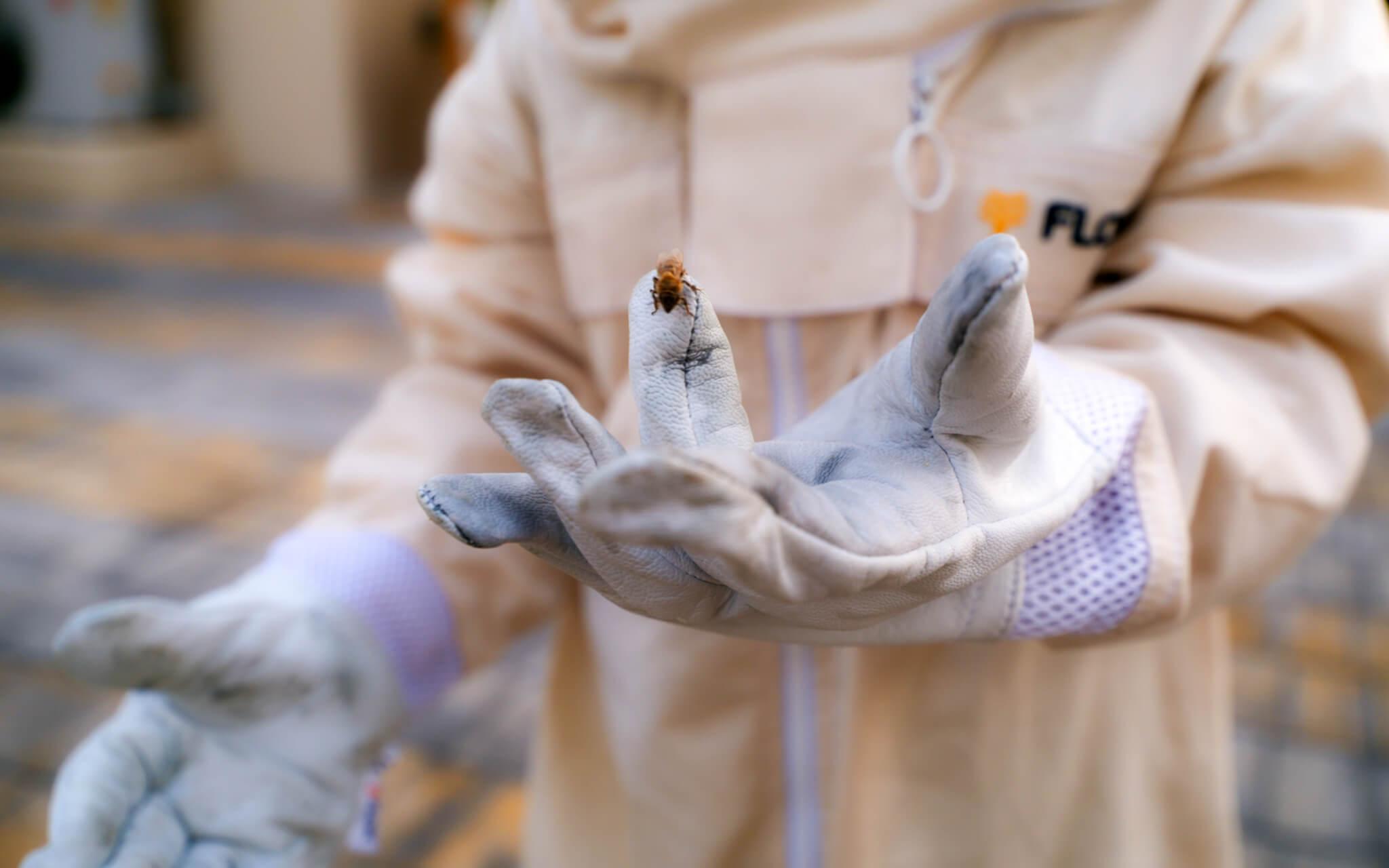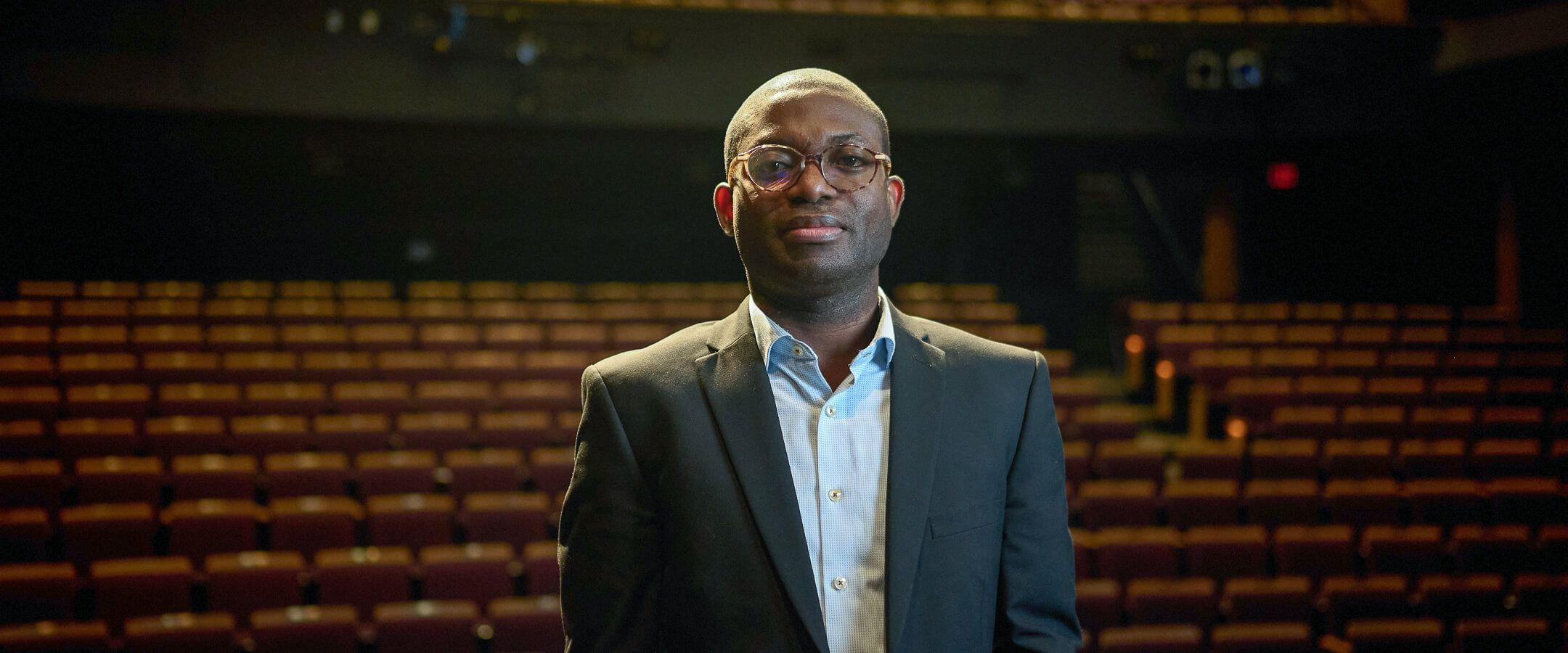The Canary Cries of Hawaii
When fire sweeps through Hawaii's ancient forests, there's no coming back. As Co-Executive Director of Hawaii Wildfire Management Organization, Elizabeth Pickett fights to protect an ecosystem on the razor's edge of survival.
The wind whipped flames through Lahaina’s drought-parched landscape at a terrifying 60 to 80 miles per hour. “There was no human who could outrun that,” Elizabeth Pickett recalls, describing the catastrophic wildfires in August 2023.
The inferno claimed 102 lives - one of the deadliest wildfires in modern history - and destroyed nearly 3,000 structures, including Lahaina, a centuries-old port town on Maui's northern coast that once served as the Hawaiian Kingdom's capital.
For Elizabeth, watching the devastation unfold was a nightmare scenario she had spent 16 years trying to prevent. A decade earlier, she had written the West Maui fire plan, marking Lahaina in red for extreme risk. The plan sat gathering dust as her small nonprofit organisation tried desperately to sound the alarm. “This was all known,” she says quietly. “It didn't have to happen.”
Her description of the islands paints a picture of paradise: “Each island has its own history and personality and even geologic age and story. The air is clean, the water is clean. The fish and coral are alive and beautiful.” In Hawaii, she found herself embraced by a community where “Nature is spirit, nature is culture, nature is well-being and sustenance.”
Originally from California, Elizabeth’s path to fire prevention began beneath the islands’ waves. At 21, she arrived to study manta rays, passionate about ocean conservation. “I was frustrated about sediment pollution smothering coral reefs,” she recalls. “Someone told me - if you want to prevent all this damage to the ocean, you need to prevent fire.”
On Hawaii Island alone, nine of Earth's twelve climate zones exist, from sea level to the nearly 14,000-foot mountain peaks. “It's a place where life is very, very integrated with natural cycles,” she reflects. “Even at the gas station or grocery store, ask anyone about the tide or moon phase - most people will know.”
Now, this ancient paradise is under siege. The islands swing between intense rainfall and flooding to prolonged periods of drought, creating a deadly cycle of extremes.
The Lahaina crisis emerged through a perfect storm of factors. Former plantation lands, abandoned when agriculture became unprofitable, were invaded by fire-prone non-native species. Climate change brought increasingly dry episodes and stronger storms, while human activity introduced unprecedented fire risk to an ecosystem that never evolved to handle it. “Our behaviours, our activities, our policies, none of that has caught up to the risk that we face,” Elizabeth notes.
Nature is spirit, nature is culture, nature is well-being and sustenance.
The consequences ripple through Hawaii's delicate ecosystems like falling dominoes. When fire burns through grasslands and reaches the forest edge, native forests don't regenerate - instead, more fire-prone grass invades. “It burns the seed bank when fire comes through. So we really lose our forests,” she explains. The burned soil becomes water-repellent, sending sediment cascading downstream during rain events, smothering coral reefs and devastating near-shore waters.
The damage is already stark. Due to human activities, 90% of Hawaii’s dry forest has been lost. What remains are fragile habitats for native birds and species found nowhere else on Earth. The loss expands beyond ecology, impacting water availability, fisheries, and tourism.
Communities like Waikoloa demonstrate this evolution. After several of Hawaii's largest fires - some over 40,000 acres - threatened their neighbourhood in 2005, the community initially hesitated to act. By 2016, they transformed into HWMO's most active ‘Firewise’ community, securing emergency evacuation routes and conducting regular drills. When the Lahaina tragedy struck, Waikoloa's experienced volunteers began flying to other islands, helping communities start their own fire prevention programs.
Through Hawaii Wildfire Management Organization, Elizabeth’s small but determined team serve as a hub for wildfire prevention across the Hawaii-Pacific region. Founded in 2000 by fire departments, forestry officials, and conservationists, the organisation bridges government agencies and local communities. “We were always proactive and multi-partner,” she explains, “focused on protecting both communities and resources.”
For decades, they worked largely in isolation. In one devastating moment that epitomised their struggle, they briefed legislators on wildfire risk immediately after a Homeland Security session. “All but three people walked out of the room,” Elizabeth recalls, her voice quiet with frustration. Years before Lahaina, this dismissal signalled how many lives could have been saved if officials had only listened.
Yet HWMO persisted, developing the Firewise Communities Program that aligns deeply with the archipelago's values. “In Hawaii, everything is for seven generations down the line,” Elizabeth explains. “We need to be doing this now, together and for the long term. That's where relationships matter.” This generational vision shapes their grassroots approach - meeting families in their homes, joining community events, and building lasting relationships that strengthen resilience.
It took the tragic Lahaina fire to draw attention to Hawaii's crisis. Yet from destruction emerged hope as communities began responding to HWMO's long-sounded alarm. For Elizabeth, whose love of Hawaii led her to become an unexpected guardian against fire, the work continues with renewed urgency.
“Islands are microcosms of what is going on across the planet,” she explains. “We experience things in acute ways that are more diffuse in larger continental systems... they are the canary in the coal mine for other places around the world.”
Unlike the mainland, Hawaii’s unique ecosystems cannot survive fire. Once burned, they never return.
Most Popular
The Climate Tribe delivers stories about Biodiversity and Conservation, Circular Economy, Food and Water , and how they intersect with climate.
Subscribe
Get the latest stories inspiring climate action around the globe straight to your inbox.






